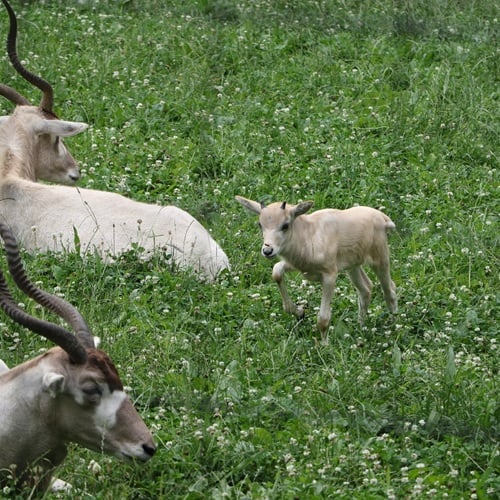A groundbreaking study has uncovered how ancient dogs spread throughout the Americas alongside early farming communities, revealing a deep connection between agricultural development and our canine companions.
Researchers from the University of Oxford have sequenced DNA from 70 ancient and modern dogs, tracing their journey from North America down to South America thousands of years ago. The findings, published June 18 in Proceedings of the Royal Society B, show that dogs didn’t immediately follow humans into Central and South America, but instead spread slowly alongside farming communities between 7,000 and 5,000 years ago.
“This study reinforces the important role of early agrarian societies in the spread of dogs worldwide,” said lead author Dr. Aurélie Manin from the University of Oxford’s School of Archaeology. “In the Americas, we show that their spread was slow enough to allow the dogs to structure genetically between north, central and south America. It is rather uncommon for domestic animals.”
Dogs first arrived in North America 15,000 to 16,000 years ago, crossing the Bering Land Bridge alongside the earliest human migrants from Siberia. These early dogs likely helped people travel across harsh tundra landscapes by pulling sleds.
While humans continued southward through Central and South America around 14,000 years ago, dogs didn’t immediately follow. The earliest confirmed dog remains in Mexico, Ecuador, and Peru date to only about 7,000 years ago – a significant gap of roughly 7,000 years.
The mystery of this delay is now becoming clearer. By examining mitochondrial DNA – genetic material passed down through maternal lines – scientists discovered that all pre-contact dogs in Central and South America descended from a single maternal lineage that split from North American dogs after arriving on the continent.
Instead of spreading rapidly, these dogs followed what scientists call “isolation by distance” – a gradual migration pattern that allowed distinct genetic differences to develop between North, Central, and South American dog populations.
The timing of this slow southern migration aligns precisely with the spread of maize farming across the Americas. As early agricultural communities established themselves and expanded, dogs moved with them.
Similar Posts
Researchers believe several factors may explain why dogs struggled to follow the initial human migration into tropical regions: disease, insects, parasites, and predators would have challenged dogs adapted to northern climates. The development of stable farming communities likely created environments where dogs could finally thrive further south.
The study also reveals that European colonization nearly erased the genetic legacy of these ancient American dogs. When European settlers arrived, they brought their own dogs whose lineages largely replaced indigenous canines.
However, some modern Chihuahuas still carry maternal DNA directly linked to their pre-contact Mesoamerican ancestors – a rare genetic echo from thousands of years ago that has survived despite widespread replacement.
This pattern of dogs spreading alongside farming communities isn’t unique to the Americas. Scientists have observed similar connections in East Asia around 9,500 years ago, suggesting that while dogs were first domesticated by hunter-gatherers, agricultural societies played a crucial role in their global spread.
The findings challenge simplified views of dog domestication, showing that the relationship between humans and dogs evolved differently across regions and time periods. In the Americas, it appears that growing agricultural communities created the stable environments and food resources that helped dogs establish themselves far from their northern origins.

By carefully mapping these ancient dog genomes, scientists are revealing not just the history of dogs, but also how human activities shaped animal populations across continents. The slow spread of dogs alongside maize cultivation provides a window into how human societies changed as they transitioned from hunting and gathering to farming.
For modern dog owners, particularly those with Chihuahuas, the study offers a fascinating connection to the past. The small dogs sitting on laps today carry genetic traces linking them to ancient companions that helped early farmers establish new ways of life across the Americas thousands of years ago.


















